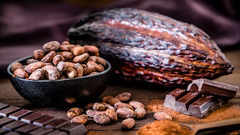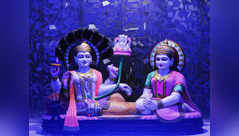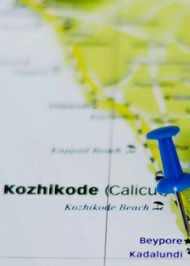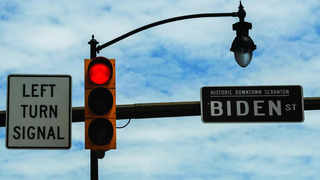6 Cubist paintings that are appreciated all over the world
TOI Lifestyle Desk | ETimes.in | Last updated on - Jun 24, 2024, 16:00 ISTShare fbsharetwsharepinshareComments (0)
01/7Best cubist paintings

Cubism was one of the most influential art movements that came up in the early 20th century. Artists like Pablo Picasso and Georges Braque were the pioneers of this movement and for their time, they revolutionised art by showing subjects from multiple angles and then breaking them into geometric shapes. The Cubist approach was abstract and challenged traditional perspectives and representation.
Here we list some of the most famous Cubist paintings that are appreciated even today.
02/7‘I and the Village’ by Marc Chagall


‘I and the Village’, painted by Marc Chagall in 1911, is a bright and beautiful representation of rural life, infused with elements of Cubism and Chagall's distinctive style. The painting is a dreamlike art of Chagall's memories of his hometown in Belarus, showing a man and a goat staring at each other with a sense of mutual understanding and connection. The background has floating houses and upside-down figures, adding to the Cubist elements.
(Image: Marc Chagall/Website)
03/7‘Guernica’ by Pablo Picasso


‘Guernica’ by Pablo Picasso is without a doubt one of the most famous and powerful Cubist paintings ever created. Painted in 1937, it was Picasso's depiction of the bombing of the Basque town of Guernica during the Spanish Civil War. The large mural shows the horrors and suffering caused by the bombing, giving a chaotic scene filled with anguished figures, including women, children, and animals.
(Image: Pablo Picasso/Website)
04/7‘Violin and Candlestick’ by Georges Braque


Georges Braque, along with Picasso, was one of the first artists to introduce and further Cubism and Cubist paintings. ‘Violin and Candlestick’, painted in 1910, showed Braque's analytical approach to the Cubist style. In this painting, Braque deconstructs a violin and candlestick into a series of overlapping planes and geometric shapes, almost like giving the audience a challenge to figure out and piece together the fragmented forms.
(Image: Georges Braque/Website)
05/7‘Cubist Self-Portrait’ by Salvador Dalí


While Dali is usually linked to ‘Surreal era and surrealism’, he did paint a self-portrait in the Cubist style. In this painting, Dali shows himself in a torn-up, broken, and fragmented, geometric style, a characteristic of Cubism. Dali’s face is at the centre of the painting, which can be easily identified, as compared to the rest of his body which is fragmented and seems like it is a newspaper cut out into numerous pieces.
(Image: Dali paintings/Website)
06/7‘Glass of Beer and Playing Cards’ by Juan Gris


Juan Gris, another famous figure in the Cubist movement, is known for his refined and precise approach to the style. ‘Glass of Beer and Playing Cards’ is one of his most exceptional paintings, created in 1914, and showed his amazing use of colour and geometry. In this painting, Gris arranges a glass of beer, playing cards, and a newspaper in a carefully balanced, abstract arrangement. Gris's use of bright colours and clear, defined shapes sets his work apart from the other artists who used a more black-and-grey approach in Cubism.
(Image: Pinterest)
07/7‘The Weeping Woman’ by Pablo Picasso


Another iconic work by Pablo Picasso, ‘The Weeping Woman’, is a powerful show of grief and sorrow. The painting features a woman in tears, her face fragmented and distorted in typical Cubist fashion. The bright colours, especially the contrasting blues and yellows heighten the emotional intensity of the image. It is said that ‘The Weeping Woman’ is a portrait of Dora Maar, Picasso’s lady love and his muse.
(Image: Pablo Picasso/Website)





















































closecomments
SIGN IN WITH
GoogleEmail